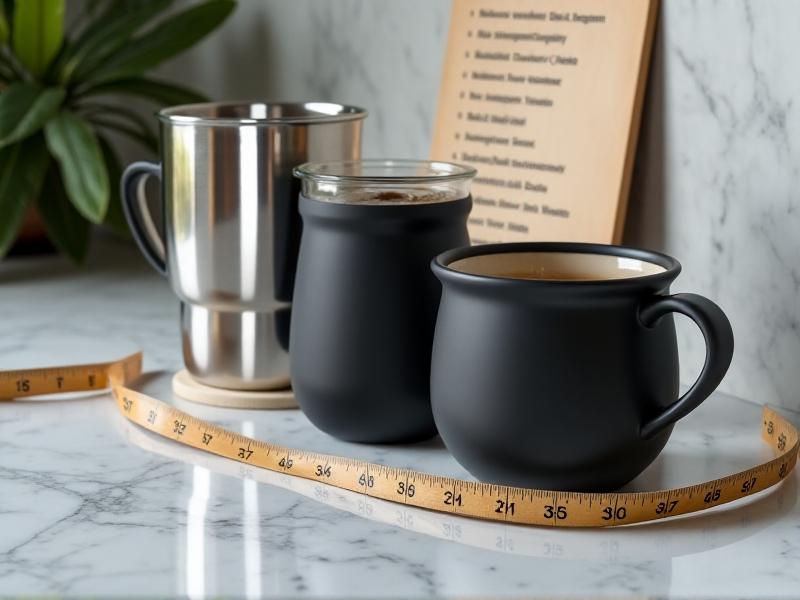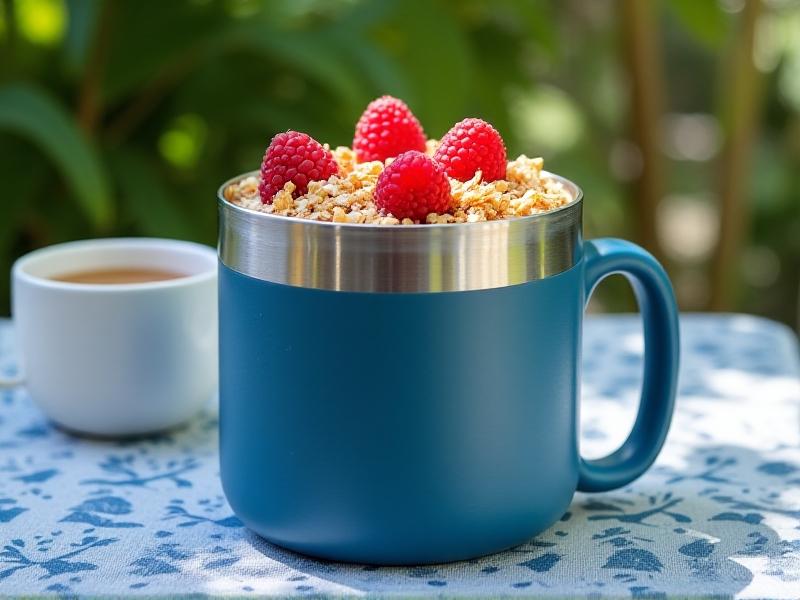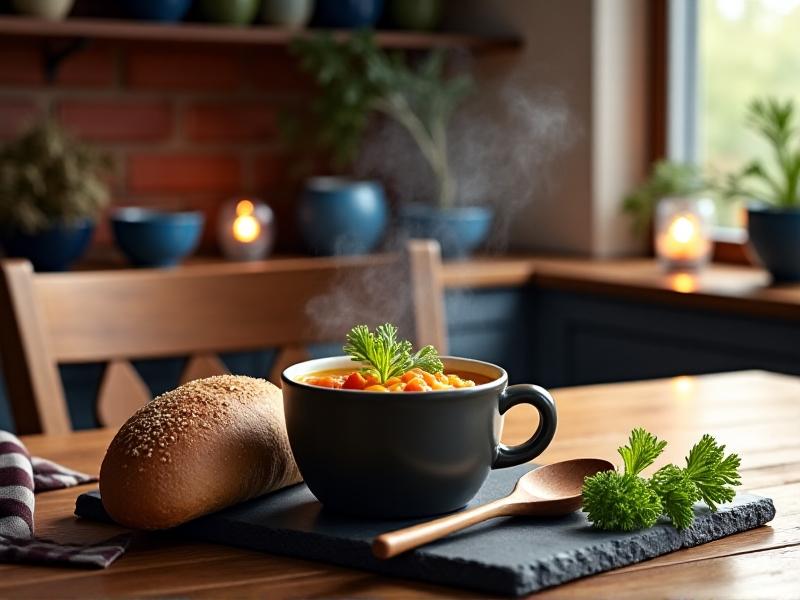Thermal Mug Meal Prep Strategies
Why Thermal Mugs Are Ideal for Meal Prep

Thermal mugs have evolved beyond their coffee-carrying reputation to become a game-changer for meal prep enthusiasts. Their vacuum-insulated design maintains temperatures for hours, ensuring oatmeal stays warm, salads stay crisp, or smoothies stay chilled. Unlike traditional containers, thermal mugs are spill-proof and compact, making them perfect for commutes or desk lunches. They also eliminate the need for single-use plastics, aligning with sustainable living goals. Imagine enjoying a steaming vegetable curry at noon that was packed at 7 a.m.—thermal mugs make this possible without reheating.
Choosing the Right Thermal Mug for Your Needs

Selecting a thermal mug requires balancing functionality and lifestyle. Opt for stainless steel if durability and heat retention are priorities; it’s rust-resistant and works for both hot and cold dishes. A wide-mouth design (3–4 inches) simplifies layering ingredients and cleaning, while a leak-proof silicone seal prevents midday mishaps. For office use, a 16–20 oz capacity accommodates hearty portions, whereas a 12 oz mug suits light eaters. Brands like Hydro Flask and Zojirushi excel in insulation (retaining heat for 6+ hours), but budget-friendly options like Thermos work well for shorter durations.
Breakfast Ideas: Overnight Oats and Beyond

Transform your mornings with thermal mug breakfasts that require zero morning effort. Overnight oats are a classic: mix rolled oats, milk, chia seeds, and maple syrup, then let the mug’s insulation soften the oats overnight. For variety, try savory versions with spinach, feta, and a soft-boiled egg. Prefer warmth? Add steel-cut oats and boiling water—the mug will cook them gently by morning. Cold options include Greek yogurt parfaits with frozen berries (they thaw by lunch) or chia pudding swirled with peanut butter. Pro tip: Store toppings like nuts separately in the lid’s compartment to maintain crunch.
Savory Lunch Solutions: Soups, Stews, and Grains

Thermal mugs shine as portable soup carriers. Prep minestrone or lentil stew in bulk, then reheat and pour into a preheated mug (fill it with boiling water for 5 minutes first). For grain bowls, layer cooked quinoa or rice at the bottom, add roasted veggies and grilled chicken, then top with broth or sauce. The mug’s insulation keeps grains from drying out while melding flavors. Curries and casseroles also work well—opt for recipes with minimal liquid to avoid spills. Cold alternatives include pasta salads with vinaigrette or mason jar-style layered salads, where dressing stays separate until shaking.
Layering Techniques for Optimal Food Preservation
Strategic layering prevents sogginess and maximizes freshness. Start with sauces or dressings at the bottom, followed by sturdy ingredients like grains or proteins. Delicate greens or herbs go on top. For hot meals, place a piece of parchment paper between layers to control moisture. Use silicone cupcake liners as makeshift dividers for nuts, seeds, or avocado slices. When packing soups, leave ½ inch of space to avoid spills when opening. Cold meals benefit from freezing components like yogurt or smoothie bases overnight—they’ll thaw slowly, keeping other ingredients chilled without dilution.
Maintaining Temperature: Preheating and Timing Tips
Temperature control starts with preheating. For hot dishes, fill the mug with boiling water, seal it, and let it sit for 5–10 minutes before emptying and adding food. This primes the insulation to retain heat longer. Conversely, chill the mug overnight for cold dishes. Timing matters: Pack meals just before leaving to minimize temperature loss. If eating hours later, store the mug in an insulated lunch bag with an ice pack (for cold) or a heat pack (for hot). Avoid opening the mug repeatedly, as each exposure reduces temperature retention by 15–20%.
Cleaning and Maintenance for Longevity
Proper care extends your mug’s lifespan. Disassemble lids and seals daily to clean trapped food particles. Use a bottle brush for hard-to-reach crevices, and soak stubborn stains in a mix of baking soda and vinegar. Avoid abrasive scrubbers that scratch surfaces—opt for soft sponges instead. Air-dry components fully before reassembling to prevent mold. For lingering odors, place a lemon peel or coffee grounds inside overnight. Check manufacturer guidelines: Some mugs are dishwasher-safe, but handwashing preserves finishes and insulation efficiency.
Eco-Friendly Meal Prep: Reducing Waste with Reusables
Switching to a thermal mug slashes single-use waste dramatically. One mug replaces hundreds of disposable containers annually, reducing landfill contributions and microplastic pollution. Pair it with reusable silicone lids or beeswax wraps for additional components. Sustainably sourced mugs, like those from Klean Kanteen (made with recycled steel), amplify this impact. Encourage workplace culture shifts by organizing “mug-friendly” meal prep challenges. Bonus: Thermal mugs often outlast plastic containers, offering long-term cost savings despite higher upfront costs.








